In the modern world, the demand for energy efficiency and self-sustainability continues to grow. Constructing a solar generator is an ideal way to address these concerns and save money in the long-run. Do-it-yourself generator kits make it accessible to assemble a solar power system, allowing individuals to substitute their expensive utility bill with a clean, renewable energy source.
For the hands-on person looking to tap into an eco-friendly source of power, a DIY solar generator kit is an ideal solution. The package contains all of the essential components to efficiently construct a solar generator: solar panels, a charge controller, an inverter, batteries, as well as mounting hardware and wiring. By combining these components together, one can generate considerable power to provide electricity for homes and other applications.
If you’re in the market for a quality solar generator, the solar panels are your most important consideration. A good-quality product with a high efficiency rating will ensure that your generator captures the maximum amount of energy from the sun. This electricity can then power your lights, appliances, and other electronic devices.
The charge controller maintains the cycle of energy production, functioning as an essential part of a solar generator and acting as its nerve center. By forming a link between the solar panels and the battery bank, it is able to regulate the charge and maintain a healthy flow of electricity. Investing in one of good quality can have a lasting impact, substantially increasing the lifespan of your batteries while ensuring that your solar system runs smoothly.
When powering a solar generator, the role of an inverter is essential. It takes the direct current energy from the solar panels and translates it into a practical form, like Alternating Current power. As you select an inverter for your setup, make sure to choose one that is compatible with the battery type you plan to use.
A solar generator is nothing without an adequate battery. These batteries are necessary in order to preserve the vitality collected by the solar panels, thus enabling you to draw from it whenever needed. Consequently, it is essential to pick a battery that properly balances capacity and capability with the size of your solar system as well as specific applications you might be running.
Ultimately, your solar generator won’t be of any use if the wiring and mounting hardware are not complete. Ensuring your wiring is correctly connected is of the utmost priority – choose a high-grade option for optimal performance. As for the mounting hardware – opt for a quality unit that is simple to fit.
By investing in a DIY solar generator kit, you’ll soon be able to break free from energy bills and explore the advantages of renewable energy. With the necessary parts, you can design your own solar power system that will deliver a reliable source of clean and cost-effective energy for many years to come.
Crafting a Self-Powered Solar Generator – An In-Depth Exploration
Nowadays, more people are taking advantage of the reliable and renewable benefits that come with harvesting solar energy. Fortunately, DIY solar generator kits have made it possible for just about anyone to access this form of sustenance. In this guide, we delve into what these generator kits mean, how they benefit us, and the essential elements to consider when selecting one.
Crafting Your Own Solar Power Generation Kit – Empower Yourself!
For those who fancy putting their skills to the test, building a personal solar powered system is now easier than ever! A DIY generator kit contains all the ingredients necessary for constructing your very own solar energy solution – from high-quality solar panels and charge controllers to dependable battery storage and connecting components. Whether you are aiming to equip your home, RV, or vacation pad with reliable power, a DIY solar generator kit is the answer!
Reap the Benefits of a Solar Generator Kit: Do-It-Yourself.
The affordability of DIY solar generator kits makes them an attractive option when compared to the high cost of buying a fully-assembled solar energy system. Investing in a DIY kit can offer hundreds, or even thousands of dollars in savings.
Alternately, the ideal setup for yourself is attainable. You can acquire a DIY solar generator kit and, from there, select components that best suit your environment and the size of the area you plan to place it in. This personalization allows you to customize the system without compromising your unique needs.
Cutting costs need not be difficult; with DIY solar generator sets, installation is easy as pie. All you need is the right set of tools and enough patience, and you can put the components together yourself—no electrician necessary!
Prior to selecting a DIY solar generator kit, several essential points must be taken into account. One should think about their expertise, namely if they possess the required know-how with respect to electrical wires as well as their familiarity with DIY projects. For those with competent capabilities, installation of the components can be done themselves; whereas, for people without such familiarity, it is wise to call on an electrician or an expert solar installer.
Understanding the ideal size for your solar energy and battery storage is pivotal. You must assess how much power is required while also taking into account the area available. Making sure you have the appropriate sized equipment will prove a judicious selection.
Ultimately, monetary values will be the deciding factor. Constructing a DIY solar generator may be more wallet-friendly than getting a premade system, but you must weigh up the expense of the separate parts. A large setup with more components obviously costs more, yet it creates extra energy.
Experience the convenience of solar energy with a DIY solar generator kit. Not only are they cost-effective and customizable, but you’ll also be able to install the components yourself if you possess the necessary skillset. Before picking one, consider your own abilities, the size of the system, and the expenses associated with the components. With the appropriate kit, you can supply your home, RV, or cabin with renewable energy of the highest quality.
Post time: 2023-08-06
Related Product
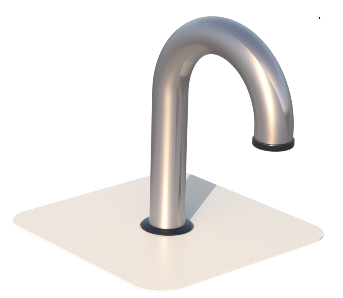
PV support KITS
What is Cable conduit? A metal protective tube with certain mechanical strength laid on the outer layer of the cable to prevent the cable from being damaged Cable threading […]
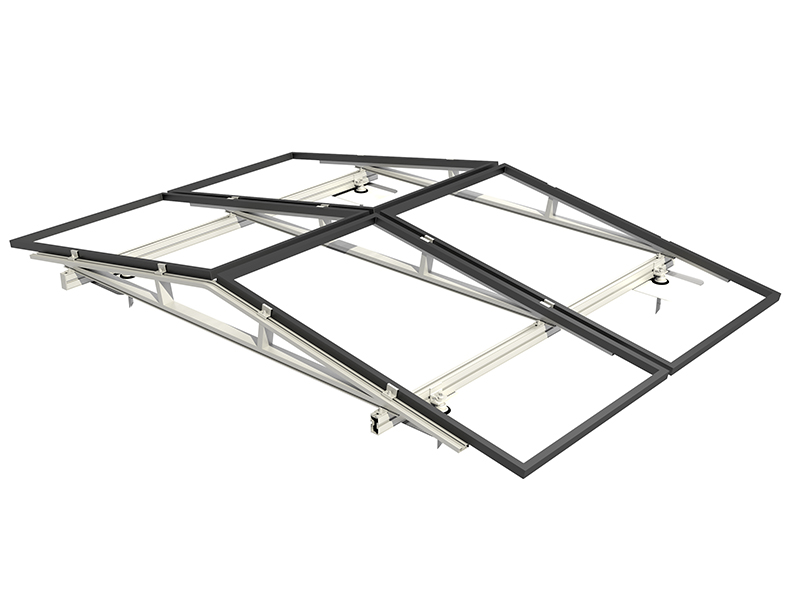
Inclined roof photovoltaic support
V support system for inclined roof The inclined roof installation system is suitable for all kinds of inclined roofs. According to the roof bearing capacity and waterproof requirem […]
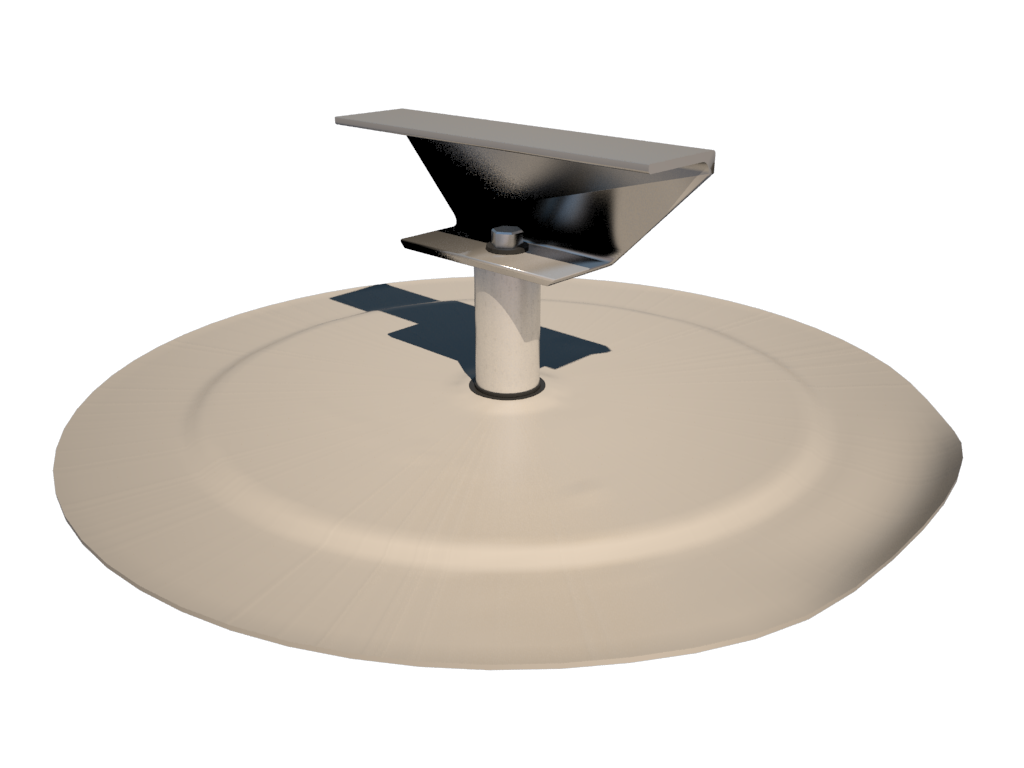
PV bridge support
Features of PV bridge support products: Strong resistance to negative wind pressure, good stability, strong bearing capacity and strong lateral tensile capacity; Easy and fast ins […]
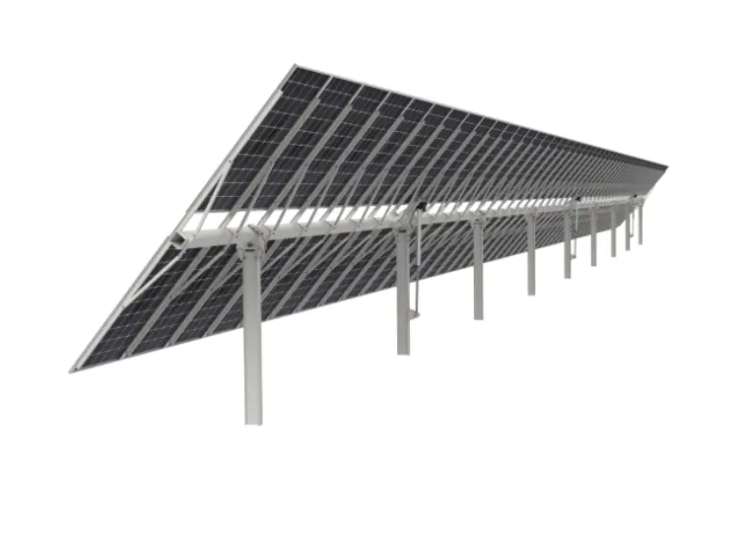
PV bracket tracking system
Ground tracking photovoltaic support Fully adapt to 210 major components The product has been tested in CPP wind tunnel Use AI algorithm to optimize tracking mode Irregular land is […]
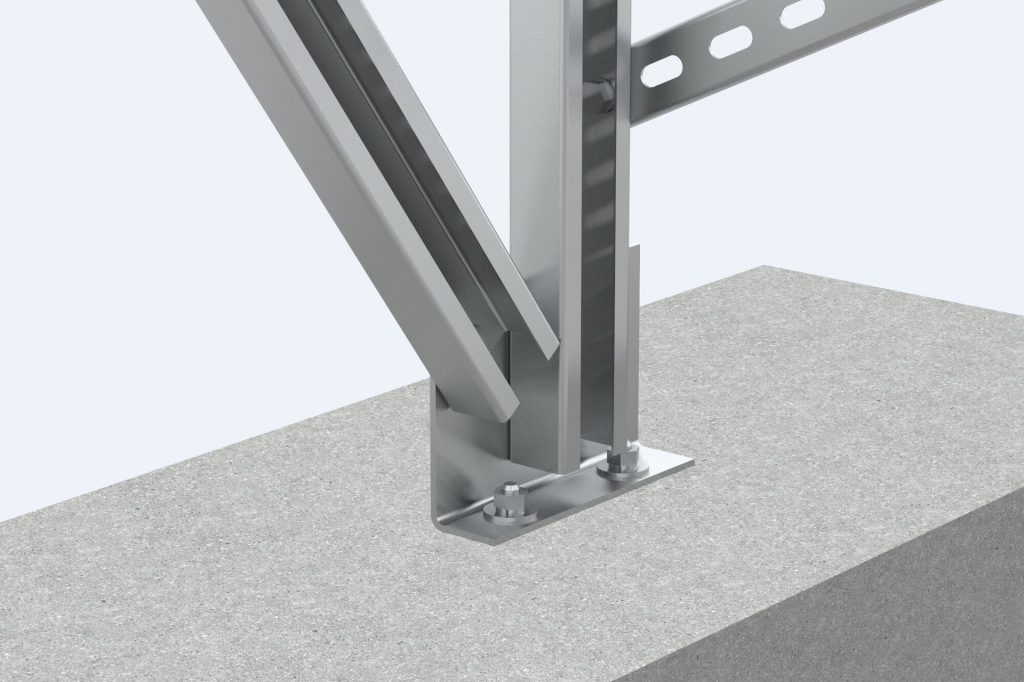
Flat roof photovoltaic support
Flat roof photovoltaic support Analysis of installation and construction problems of flat roof photovoltaic power station The external roof system on the roo […]

Solar panel
PV Kits for fields, flat and pitched roofs The kit using photovoltaic support system is critical to photovoltaic support, including wind calculation speed, order picking speed and […]
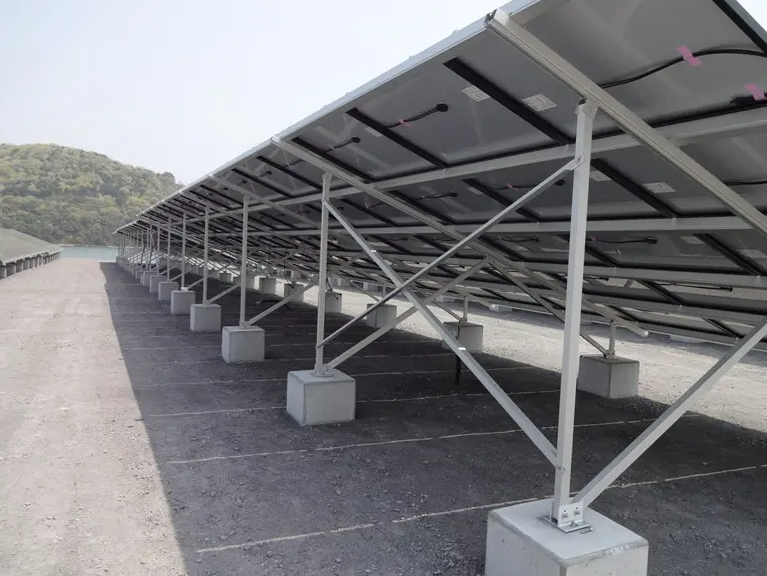
GROUND MOUNT PV Support
Placement position Ground Applicable component type Framed or frameless solar panels of various sizes Raw materials of support aluminium alloy Installation angle According t […]
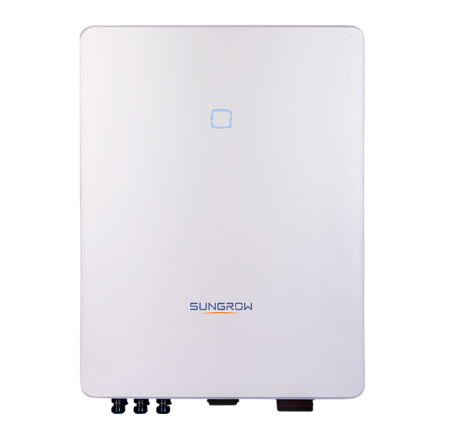
PV inverter
PV inverter (PV inverter or solar inverter) can convert variable DC voltage generated by photovoltaic (PV) solar panel into AC inverter of mains frequency, which can be fed back to […]
